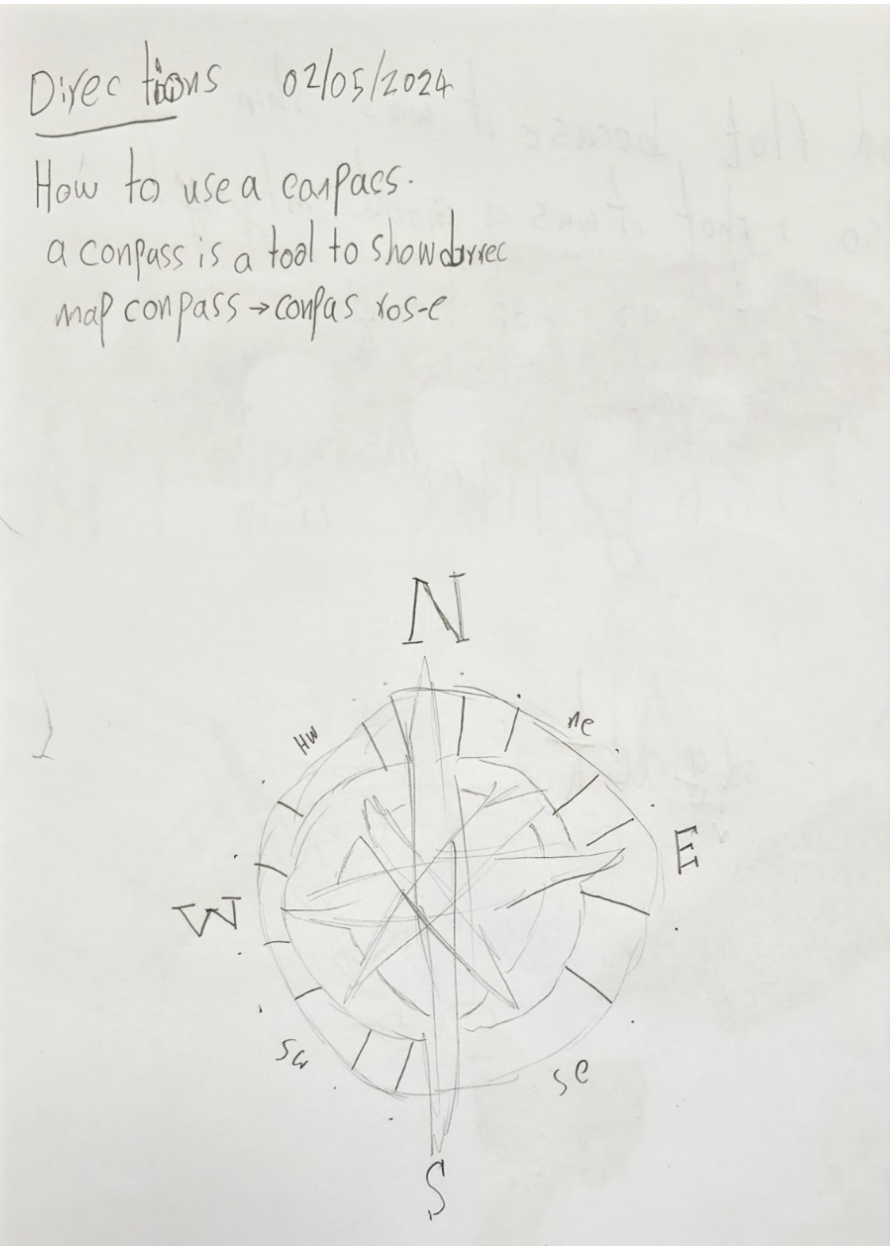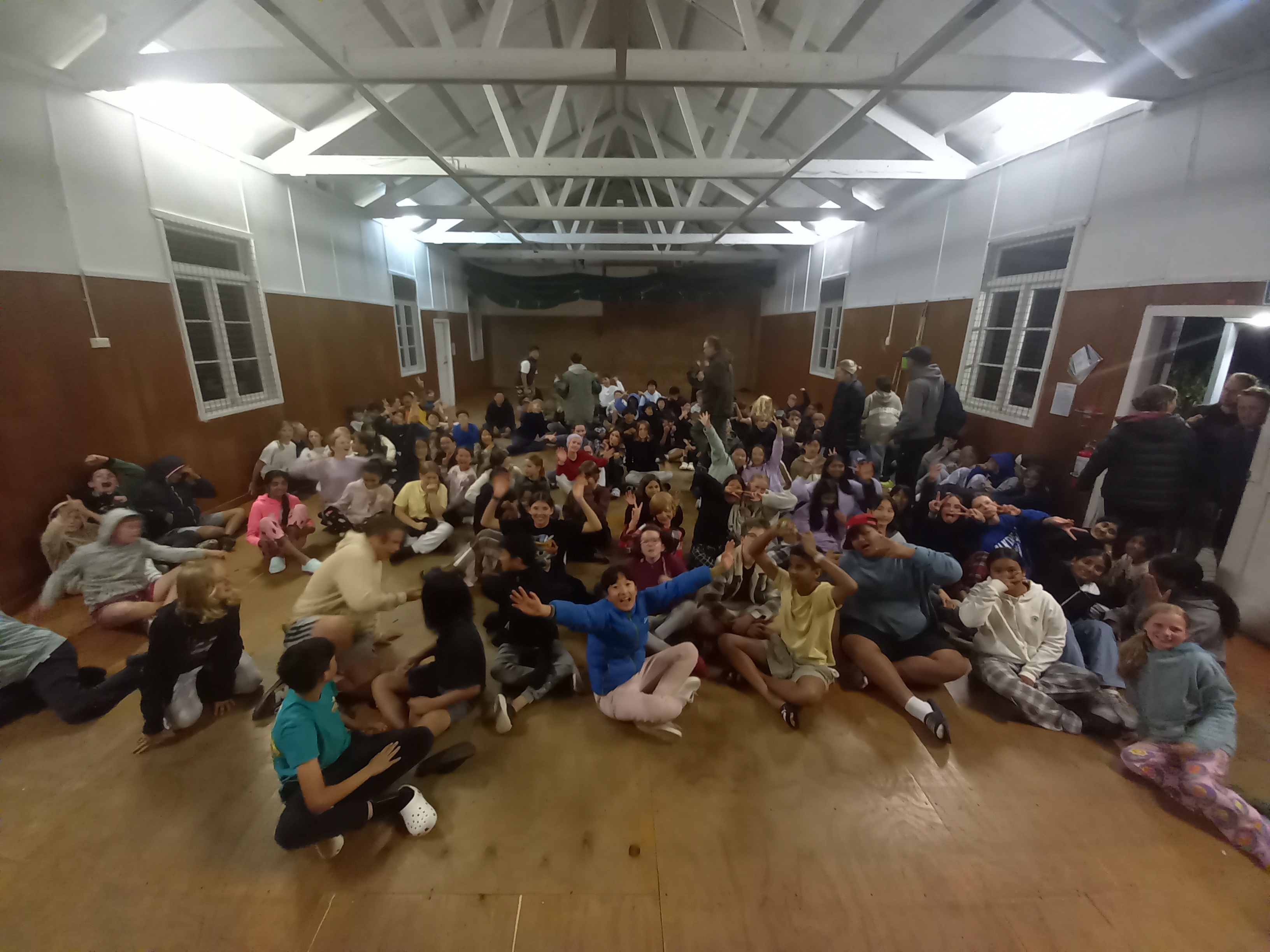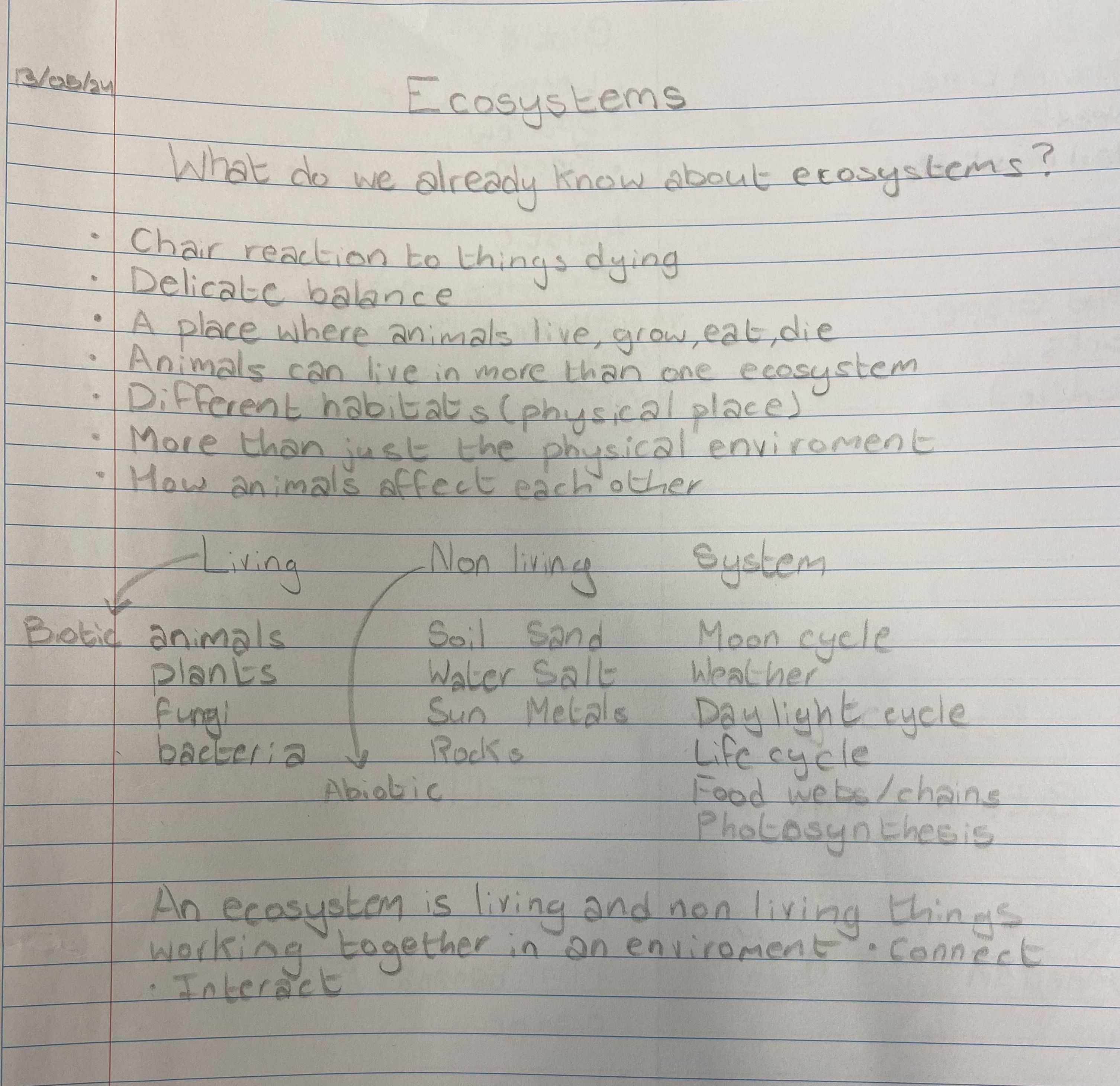Balmoral School Newsletter - 17 May 2024
Principal
Kia ora e te whānau
In the last few months, there have been a number of Government announcements linked to Education. From the beginning of this year, all state schools in New Zealand were directed to spend “an average of one hour a day teaching each reading, writing, and maths, pānui, tuhituhi, and pāngarau. This could be in dedicated lessons and in other learning areas as students read, write, and engage with maths in a variety of purposes and contexts.
Teachers will deliberately and purposefully dedicate time to teaching these core skills. Teaching techniques like investigations, collaborative learning, and games will continue to be used so students stay engaged with their learning.” Full directive here
This approach reflects the intention of the New Zealand Curriculum and is not a new model for Balmoral School. We know that teaching core skills is essential and that it is equally important for learners to build adaptive expertise so that they can transfer and apply these skills into other areas of the curriculum. This does not happen by learning subjects in a silo but, as the Ministry directive reiterates, by engaging in a variety of purposes and contexts across learning areas.
Our Senior Leadership Team and Curriculum Leadership Teams took time to ‘audit’ our approach to these 3 areas of learning and we believe that we were already meeting this requirement. Our teachers plan for daily acts of intentional teaching in Reading, Writing and Maths through whole class, small-group guided instruction and independent learning. At the 'Meet the Teacher' sessions at the beginning of the year, you would have seen our Literacy and Mathematics model, showing how we intentionally teach these core subjects. These can also be found on our school website under the Learning tab. In addition to this, through Inquiry, as just one example, children are provided with the opportunity to build on and apply this learning in a different context.
The most recent directive from the Government is regarding a structured approach to teaching reading and states that from Term 1 2025, all state schools will teach reading using the proven structured literacy approach (in Years 0-3 initially.)
“A ‘structured approach’ to teaching refers to both the content and the methods of teaching. It is not one particular programme, but an approach that guides teaching. Structured literacy approaches emphasise systematically learning letters, letter combinations and new words using sound, along with explicitly teaching vocabulary, comprehension, and writing.” Taken from MoE curriculum site
Balmoral school has been teaching in this way since 2019 with the introduction of the Yolanda Soryl Phonics programme into the Junior school. As the children move through the school, the Joy Alcock programme is used. We use these programmes to support the fundamental components of the Science of Reading: phonemic awareness, oral language, phonics, fluency, vocabulary and comprehension. At our school, these programmes are used as one part of a structured approach to learning literacy.
The rate of announcements appear to be at quite a pace and we are learning of the directives at the same time as you. But rest assured that we are meeting the current requirements and that we will continue to work hard, in an ongoing partnership with you, to achieve the best outcomes for our ākonga.
Kia pai tō rā whakatā
Nāku noa,
Katy
School Closed on Friday 31st May
The school will be closed on Friday 31st May for a Ministry Directed Teacher Only Day. The teachers will be at school for professional learning on this day.
The Village Square Trust will be operating on this day if you would like to book a place for your child.
The Eldon Road pedestrian gate will be back in use from this Monday, 20th May.
Thank you for patience during this time.
There is still some work to be done to complete the court markings and some finishing touches to the extended cover over Hubs 12-14 but it is looking great.
Pink Shirt Day
Today is Pink Shirt Day, a day to stand up against bullying, and prevent it. Thank you very much to everyone who wore something pink and brought in a donation! We’ve all worked really hard in preparation over the past week leading up to pink shirt day so everyone could enjoy it. Pink shirt day, originating in Canada in 2007, has since spread across the world and morphed into an annual event, against bullying in schools, workplaces, homes, communities and a lot in between.
If you have time, check out the official website for it at the pink shirt day website.
And now, our next subject! How to be an upstander and prevent bullying in your community? You may ask, Why would I care about some bullied kids?, well because tomorrow, that bullied kid could be you, your friend, or your kid. Don’t be a bystander, don’t watch it happen, do something about it. An upstander is a person who uses their words or actions that can help someone who is being bullied.Will this be you? Will you prevent bullying? Will YOU be an upstander? All of those are up to you, good luck.
Thank you Heidi for organising the day!
By Amara Rowe, and Felix Tomlinson.




LOST PROPERTY- GOGGLES
At the end of Term 1 we had plenty of pairs of goggles left behind, if they look familiar (pic below) please come past the office and pick them up. We also have a Pair of spec saver glasses and case.

Primary School News


Hub 12 Navigation Inquiry
Hub 12 have been continuing their Inquiry journey into how the Māori people came to New Zealand and the different types of navigation they used.
Some of the Hub have been looking at weather patterns that would help or hinder their travels. We looked at lots of different types of weather and thought about how it would make the waka move. We discussed how the sails were made and positioned to get the best wind. We made backgrounds with pastels to show different types of weather and put a waka on it the way we thought it would be travelling. We then had the very tricky job of weaving tiny sails and attaching them to our waka.
Another third of the hub have been looking at how birds helped Māori to navigate to Aōtearoa. We had lots of discussions about migration, why birds migrate and how that helped Māori. We looked at birds like Campbell Island mollymawk, long-tailed cuckoo and bar-tailed godwit. We drew our chosen bird in our inquiry book focusing on detail and colour. We then made our birds out of bottles, paper mache and paint.
Another group of learners in the hub have been learning about maps and compasses. We learned that a map needs symbols, a key, a compass rose or a north arrow and a scale to help us understand and use it properly. We thought that there were many different ways to point North (North being in front of you) and then learned that actually there is only one way to point North. Knowing where North is can help us work out the other directions. We also used a compass app on the iPads to try and work out the compass directions between different points.




On Friday 24th May, there will be a book character dress up day for the Primary school. There is no need to buy a costume, your child can get creative and use what they already have at home! Malcolm and Liz have shown us you can get creative! (No need to bring a trolley and a real pavlova though!)
We will be holding a simple parade on the way up to the hall that morning, and you are welcome to join us and cheer them on!
Grandpa's dashing dessert and The Rainbow Fish


Intermediate School News
Aparangi Camp
We were some of the many students who went to Motutapu Island for four days of absolute fun. On day one we were greeted by a 15 minute bus ride to the Cloud and a 30 minute ferry trip to Motutapu Island. A two hour hike took us to our campsite where two and a half days of back-to-back activities and delicious home baking awaited our arrival.
One of the highlights of our time on Motutapu Island was skit night. There were plays, dances, and comedy acts. It was a fun night filled with laughter and fun.
A personal favourite was abseiling. I had loads of fun with the bluetooth speaker blasting some loud music, and being the only person in my group who managed to bounce off the walls on the way down from the top. I loved the view from the top of the platform, I felt like a bird soaring in the air! Though the harness was a bit uncomfortable abseiling would be a definite 9/10 for me! -Krishvi
Out of all the hundreds of activities. A real crowd pleaser was kayaking! -Fern
One of the most fun activities was stand-up paddle boarding. Our instructor, Greg, taught us how to balance on a paddle board. -Sienna
Thank you to all the teachers, parent volunteers, MOEC staff, Caterers, for making this a memorable experience for us. Especially to Joe for all his hard work in organising it. It was awesome!




Hub 3 Inquiry
This term we have been learning a lot about ecosystems and food webs. We got to pick an animal and then draw the life cycle of that animal. We brainstormed about different ecosystems in New Zealand like lakes, forests, and caves. Finally, we made posters where we drew the environment and the animals that inhabit that area. - Will Herrick
We have also been doing food webs about different animals and their companions in the ecosystem. We did some research about the animals, their prey and also their predators. We started with a food web about the African safari and one of our own choosing in New Zealand. - Zoey Pearson
When we did food chains me and Zoey picked the albatross. We learnt so many things about the albatross, like what it eats and where it lives. We also learnt about abiotic and biotic. Abiotic is things that aren’t alive like water, rocks, weather, dirt. Biotic is things that are living like birds, fish, plants, trees, grass, and flowers. I picked the forest ecosystem in New Zealand and found all the biotic and abiotic things that live there. When we were done, I drew a picture of it all. - Susie Pham








Community News

There are highly recommended, free family days this weekend as part of Auckland Writers Festival. https://www.writersfestival.co.nz/

